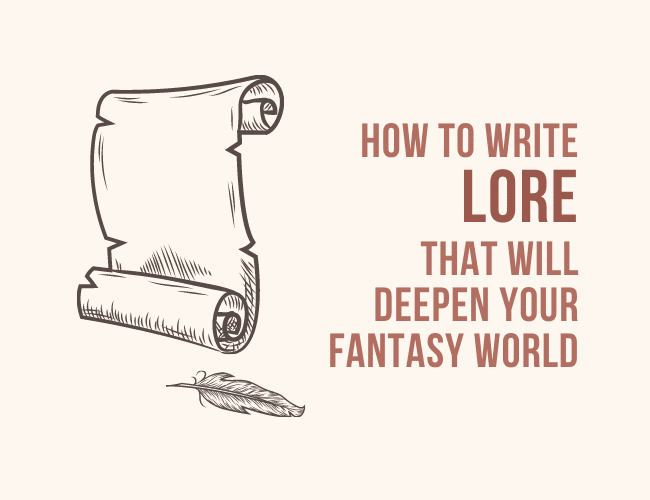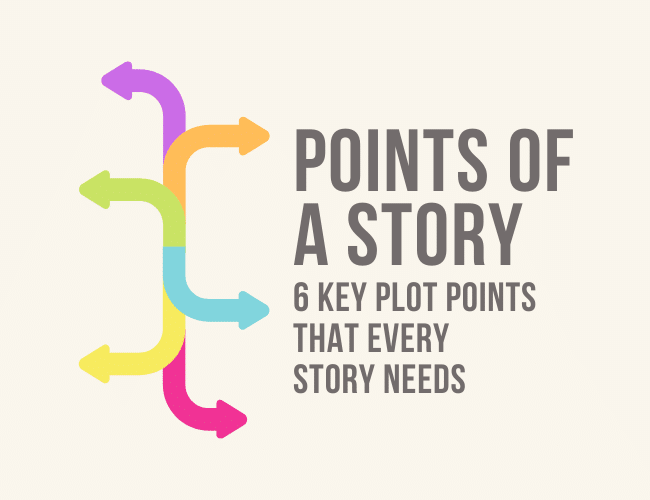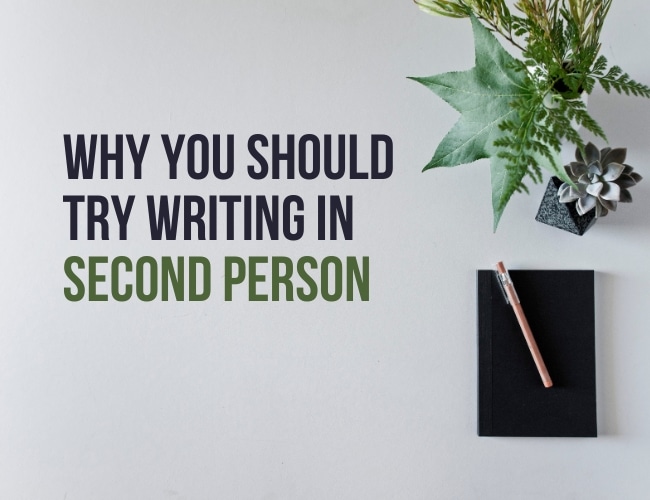
by Joe Bunting and Ruthanne Reid |
Plot has a specific structure. It follows a format that sucks readers in; introduces characters and character development at a pace guaranteed to create fans; and compels readers to keep reading in order to satisfy conflict and answer questions.
Do you want readers to love your story? (Who doesn’t, am I right?) Then you need to understand plot.

by Joe Bunting |
Writing isn’t easy, and writing a good story is even harder.
I used to wonder how Pixar came out with such great movies, year after year. Then, I found out a normal Pixar film takes six years to develop, most of it on the story.
How do you write a story, and more importantly, how do you write one that’s good?

by Joe Bunting |
How do you tell a story? Not how do you construct a story, or how do you structure and plot a story? How do you tell a story?
When I think about storytelling at its most basic, I think about our earliest ancestors, sitting around a campfire, sharing stories about their lives, the adventures they’ve been part of, and the history of their people.
This is what narrative devices are about, how you tell the story, and if you’re a writer, the method and perspective of your storytelling is something you must consider.
In this article, we’re going to talk about narrative devices, what they are, the different types found in the best books, plays, films, and serials, and how to use them to tell a powerful story.

by J. D. Edwin |
The best way to immerse your readers in your fantasy story is through world-building, which can be an arduous and intimidating process. After all, to create an entire world is no easy task.
But what if you don’t want to spend a lot of time world-building? The key lies in lore. Lore is defined as “a body of traditions and knowledge on a subject or held by a particular group, typically passed from person to person by word of mouth.”

by Joe Bunting |
One thing writers have told me consistently is that knowing story structure and the major plot points—or points of a story—makes writing great stories easier. But what are the main points of a story? How can you get them into your books?
I’ve personally found story structure to be incredibly helpful, not just in writing novels and screenplays, but also in memoir and even, sometimes, writing nonfiction books.
In this guide, we’re going to talk about the basic points of a story and how to use story structure to make your writing easier and more effective. I’ll share the six major plot points and talk about a few other points you might look for when writing a book that will give you a general roadmap to writing your story.

by Melissa Tydell |
First person and third person—you’ve been there, done that. But what about writing in second person? It may seem strange, unconventional, or confining, but playing with point of view is one way to transform a story.
Point of view affects a story in that it allows readers to gain a very specific perspective. The second person is no different. Here are three reasons why you should try writing in second person:





